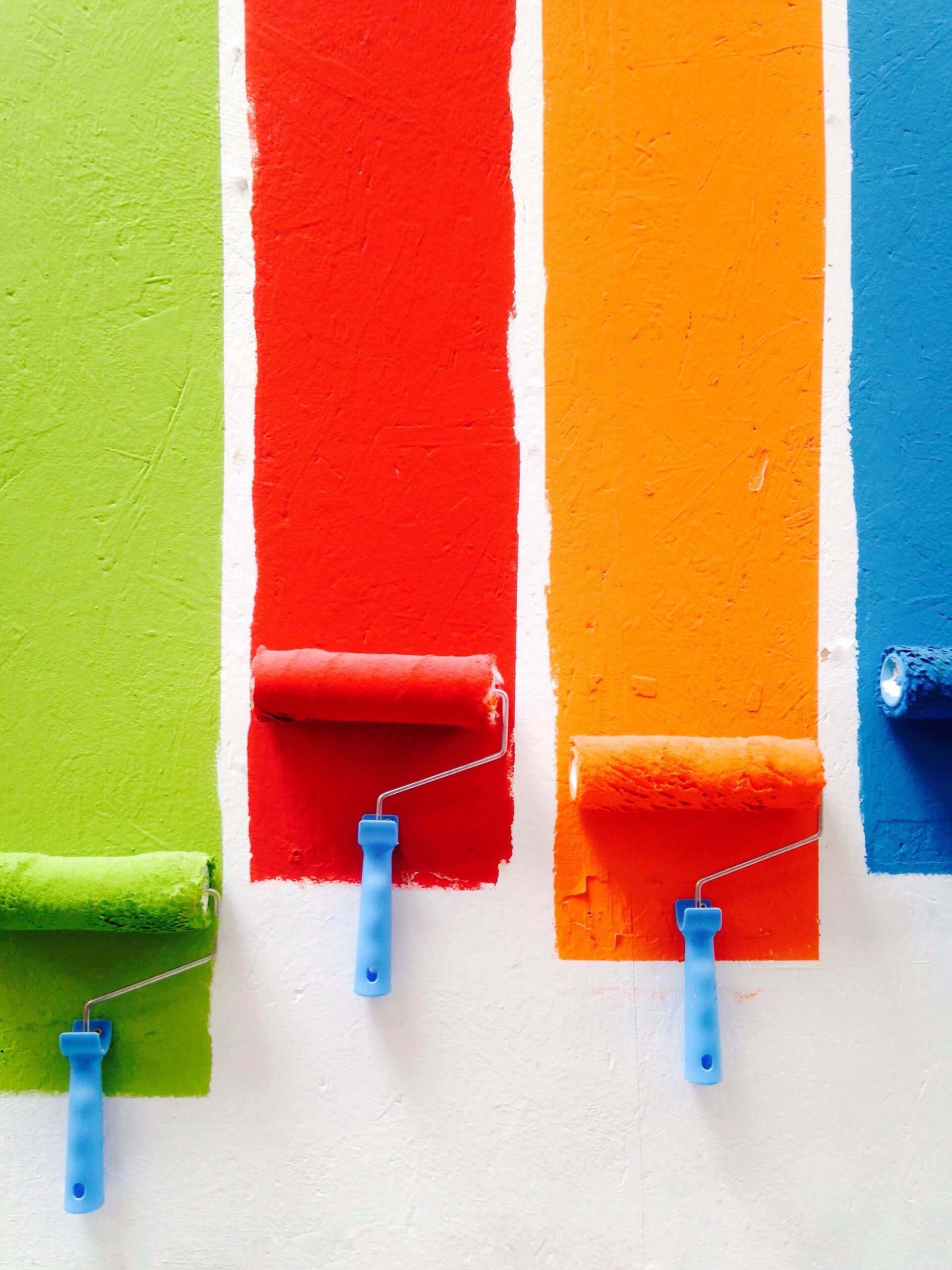It’s a typical gloomy day in Portland, and as you glance around the unchanged walls of your home, a spark of inspiration ignites within you. Perhaps a fresh coat of paint could redefine your space, infuse it with new energy, and mark the beginning of a fresh chapter. However, as you pick up the paint can and examine the label, you’re met with a daunting recommendation: two coats of paint. While this requirement may seem like a minor detail, it carries significant implications for your DIY painting project.
Understanding the Importance of Double Coating
Transitioning from a one-coat plan to a two-coat strategy involves more than just buying extra paint and waiting longer for it to dry. It’s rooted in professional painting principles, prioritizing quality and longevity. While choosing a single coat may seem like a shortcut, professionals know it’s not always the best approach. Embracing double coating ensures a finish that looks great and lasts, resisting wear and maintaining vibrancy. Additionally, two coats offer extra protection and ensure consistency across all surfaces.
The Professional Approach to Painting
As seasoned painting professionals, we bring years of expertise to every project, ensuring top-notch results. Our commitment to quality craftsmanship and customer satisfaction sets us apart in the industry. Whether you’re refreshing a single room or embarking on a comprehensive home makeover, you can rely on us for meticulous attention to detail and outstanding service from start to finish. With our dedicated team by your side, your painting project will be in capable hands, delivering lasting beauty and value to your home.
Why Two Coats are Essential
Questioning the necessity of two coats of paint is understandable, especially if you’re used to ignoring similar recommendations on product labels. However, the rationale becomes clear when considering the distinct benefits of double coating. In addition to improving coverage and durability, two coats result in a more uniform and professional finish, devoid of streaks or patches. Furthermore, choosing two coats ensures compliance with warranties, protecting your investment. While it demands a bit more time and effort initially, the long-term advantages outweigh the inconvenience.
Enhanced Coverage
Unless you’re just touching up the current color, applying two coats of paint is crucial. It helps avoid any underlying hues affecting the final outcome. Adding a second coat guarantees full coverage and a brighter finish. Moreover, two coats help hide imperfections in the surface, resulting in a smoother, more professional appearance. By thoroughly applying two coats, you establish a sturdy foundation for your paint job. This improves its durability and resistance to daily use. Ultimately, the enhanced coverage from two coats leads to a more visually appealing and long-lasting result. This makes it a valuable investment for the future.
Warranty Compliance
Many paint manufacturers stipulate a two-coat application as a requirement for warranty coverage. Adhering to these guidelines protects you from potential issues such as paint failure or defects. While some brands may provide limited warranty coverage for one coat, achieving optimal results often necessitates the application of two coats. Following the manufacturer’s recommendations for paint application ensures warranty compliance and maximizes the performance and longevity of the product. This proactive approach minimizes the risk of future issues and provides added assurance that your investment is well-protected.
Durability and Evenness
When it comes to the durability of your paint job, the thickness of its application plays a critical role. Achieving an adequate thickness without sacrificing evenness is key to ensuring long-lasting results. This is where the importance of applying two coats becomes evident. By applying two thin layers of paint, rather than a single heavy coat, you can achieve the necessary thickness while maintaining a smooth and uniform finish. A single, heavy coat increases the risk of drips, runs, and unevenness, compromising the overall quality of the paint job. Therefore, opting for two coats not only enhances durability but also ensures a more aesthetically pleasing result that withstands the test of time.
Better Touch-ups
Another advantage of applying two coats of paint is the improved ease of touch-ups. Inevitably, there may come a time when minor imperfections or damage occur, requiring touch-up paint. With two coats already applied, touch-ups blend more seamlessly into the existing paintwork. In contrast, a single coat may not offer full coverage, leading to touch-ups that are visibly inconsistent with the rest of the wall. By applying two coats upfront, you establish a solid foundation for future touch-ups. This ensures a cohesive and professional-looking finish throughout your space.
Conclusion: The Lasting Beauty of Two Coats
Whether you’re refreshing your walls with a new coat of paint or meticulously painting trim, opting for two coats typically produces optimal results. This method enhances durability, evens out the surface, and guarantees a lasting, beautiful finish. By dedicating the time and effort to apply two coats of paint, you lay the groundwork for a successful home renovation project. At Sisu Painting, Inc., we understand the importance of achieving professional-grade results. That’s why we’re dedicated to providing expert guidance and support throughout the process.
For more painting insights and expert advice, visit our blog or contact us at Sisu Painting, Inc. We’re here to help you make the most of your painting projects.





No comment